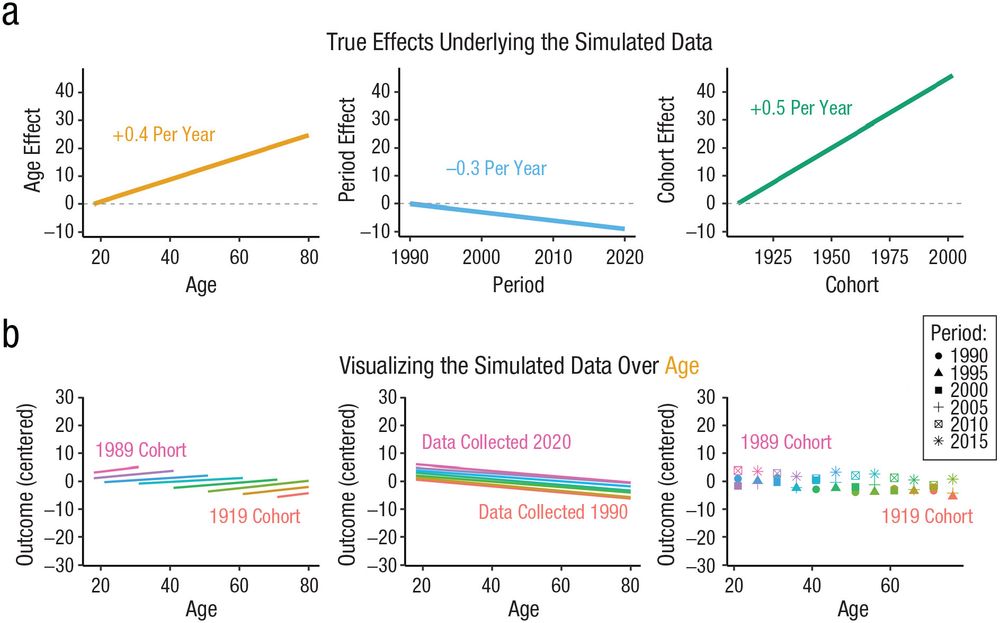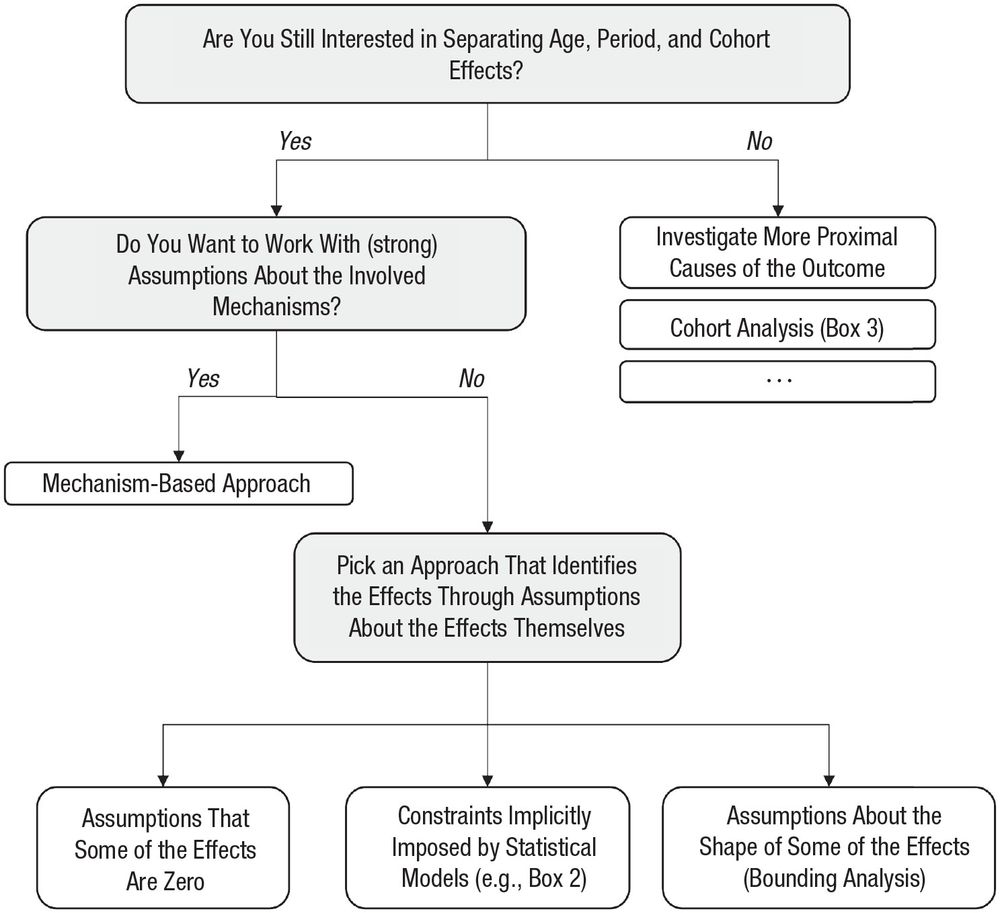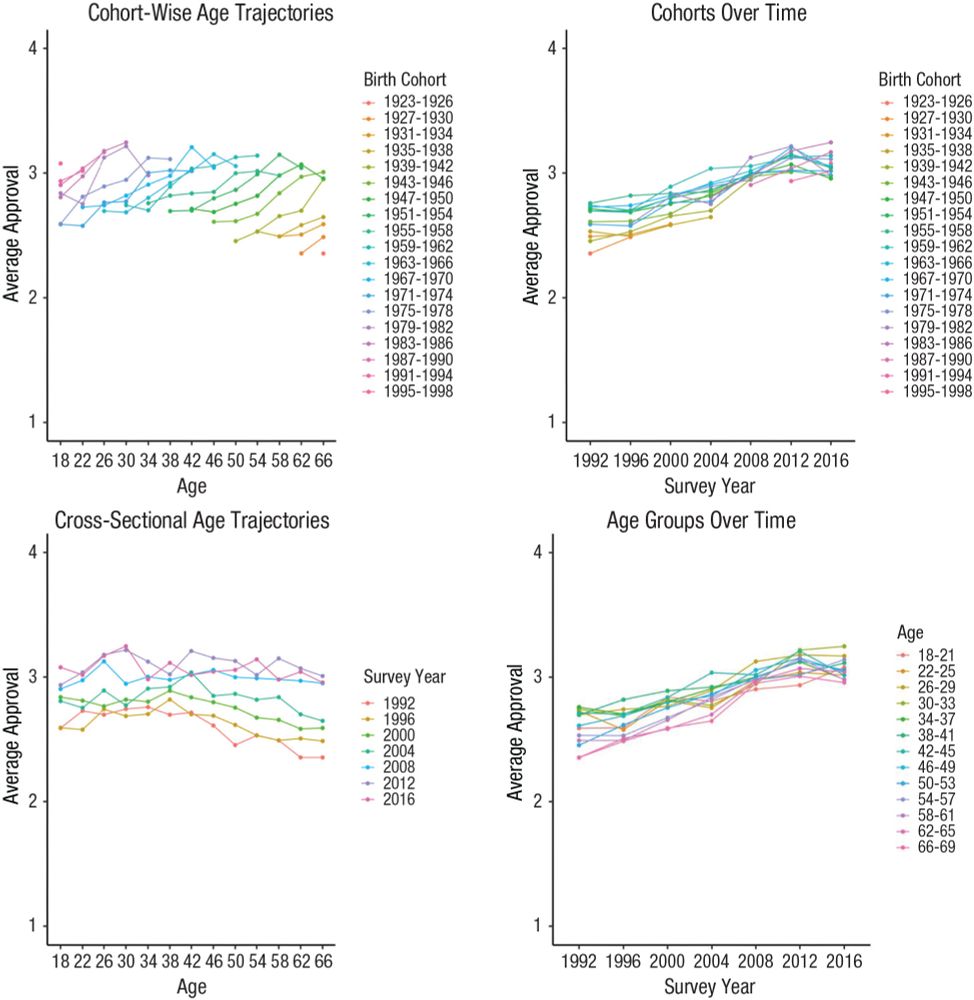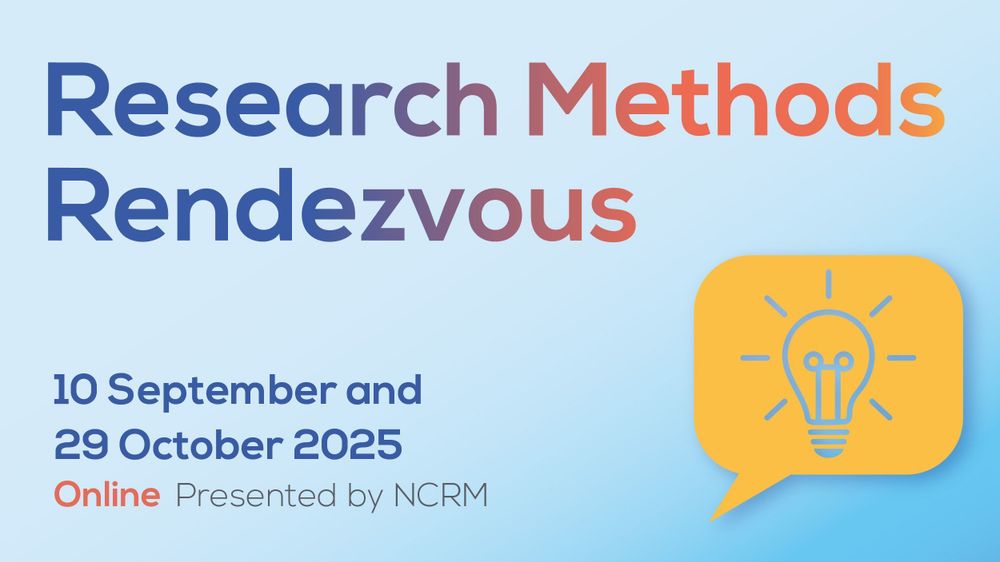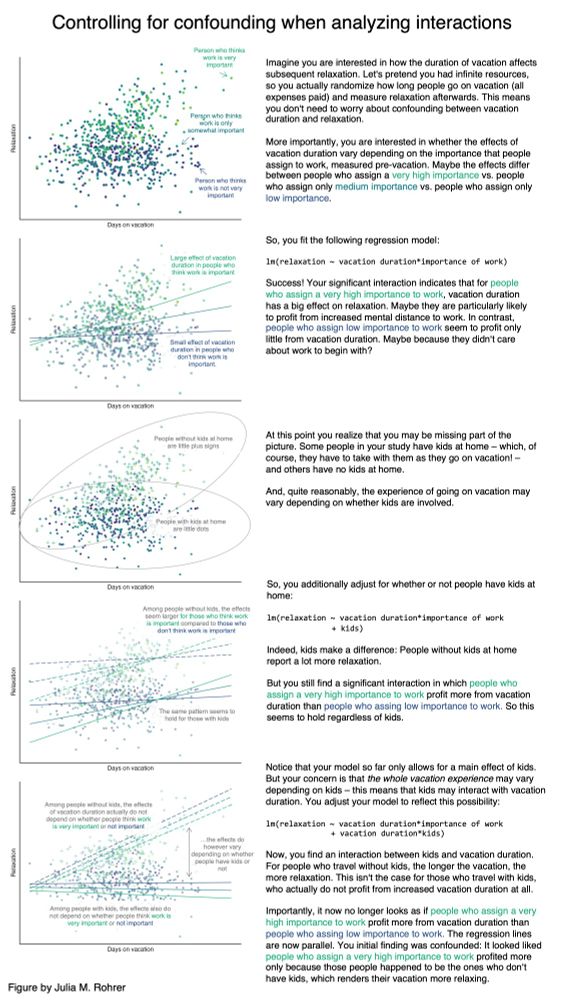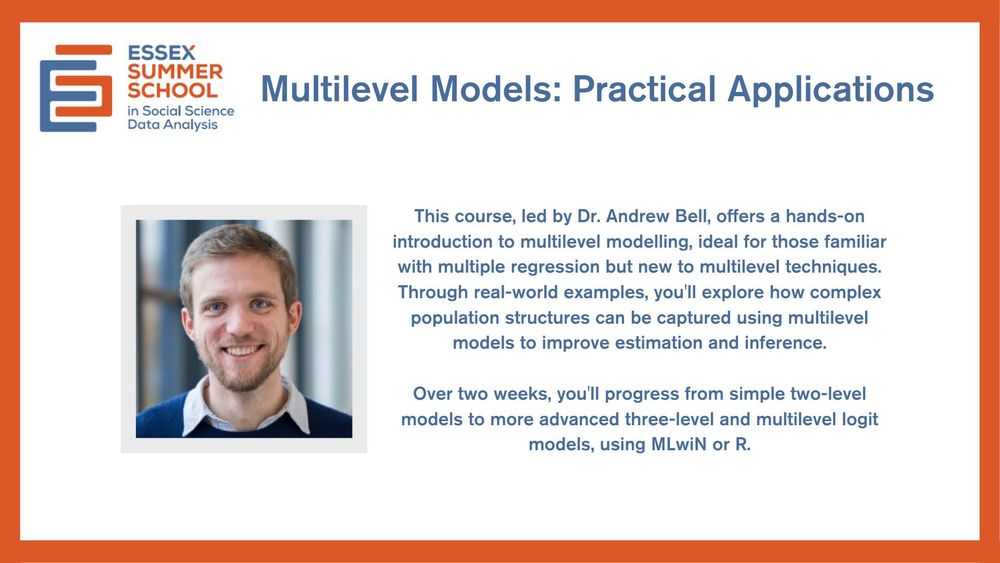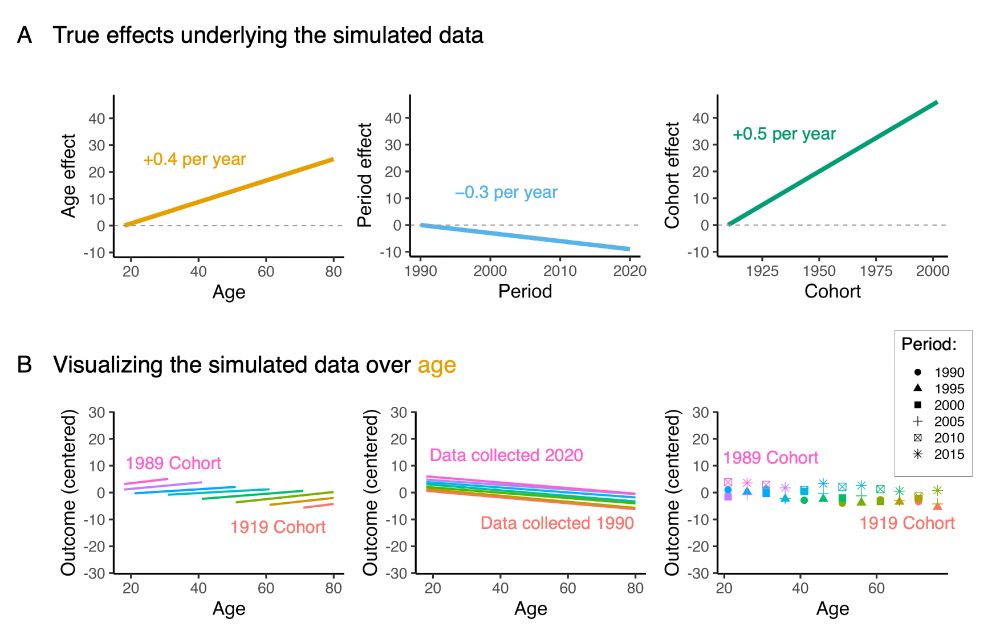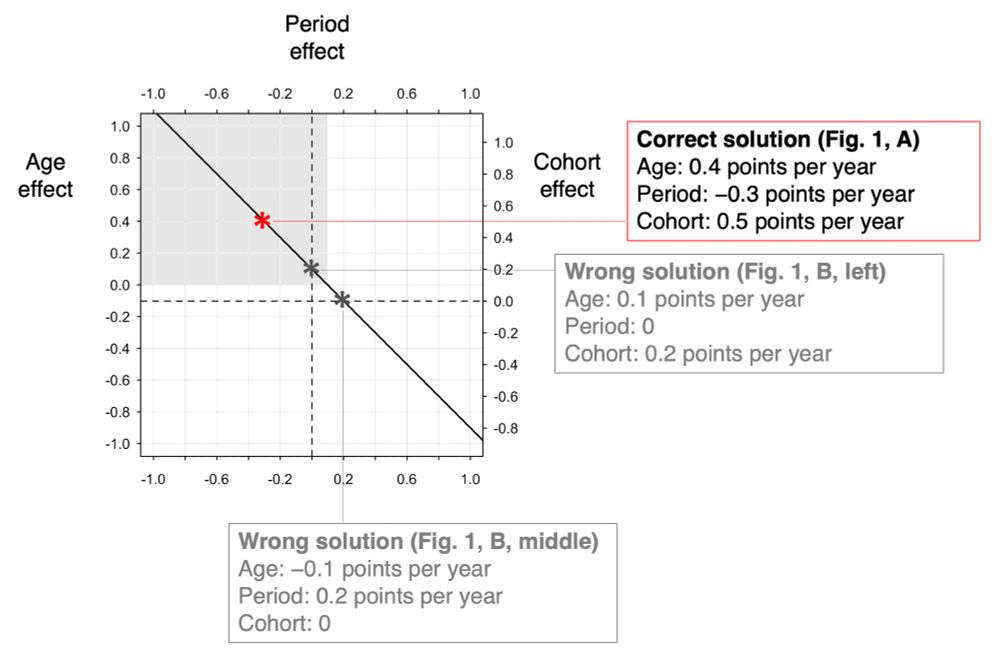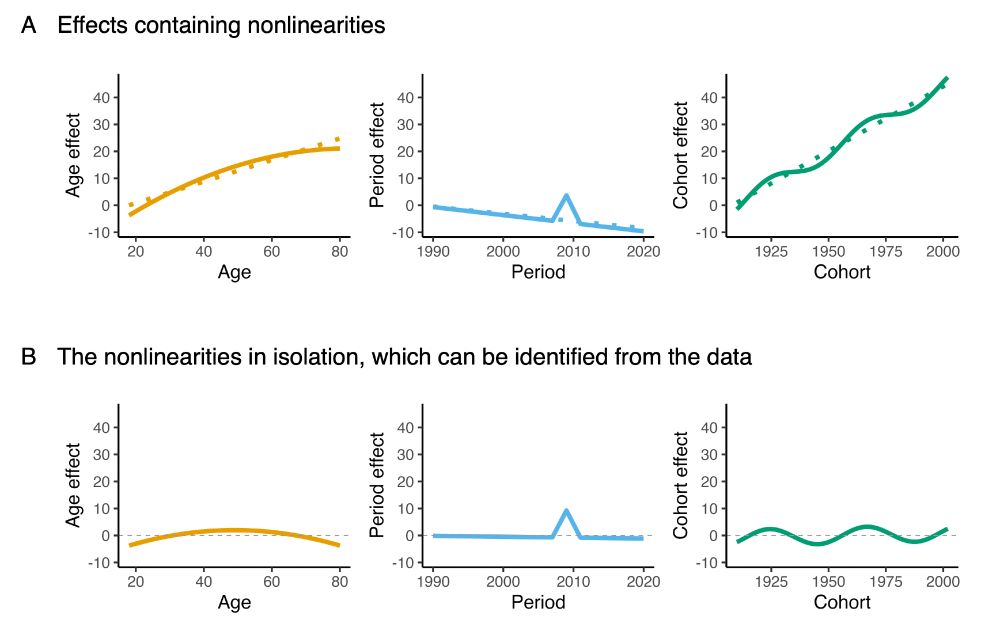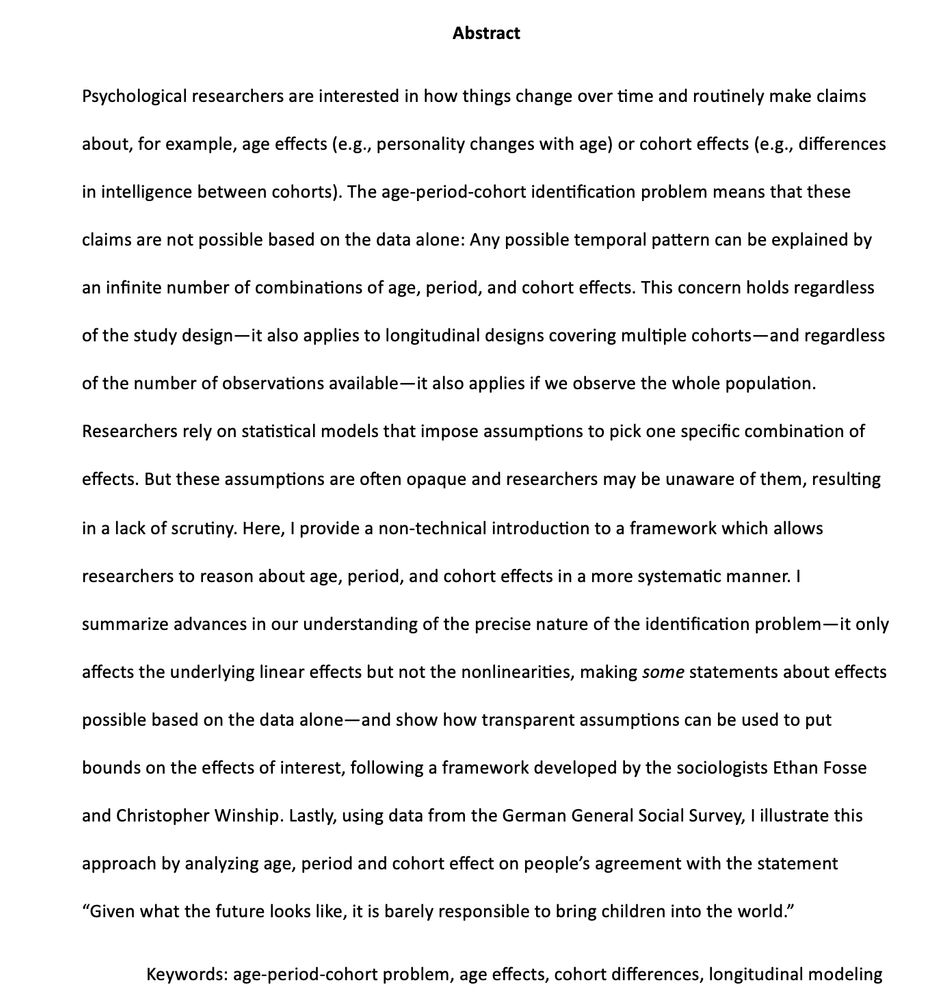Andrew Bell
@andrewjdbell.bsky.social
1.1K followers
270 following
3 posts
Senior Lecturer in Quantitative Social Sciences, University of Sheffield. Multilevel models, age period cohort, Intersectionality, etc https://linktr.ee/andrewjdbell
Posts
Media
Videos
Starter Packs
Reposted by Andrew Bell
Reposted by Andrew Bell
Reposted by Andrew Bell
Reposted by Andrew Bell
Reposted by Andrew Bell
Reposted by Andrew Bell
Reposted by Andrew Bell
Reposted by Andrew Bell
Andrew Bell
@andrewjdbell.bsky.social
· Jan 30
NCRM resource | Multilevel models to study intersectionality by Andrew Bell and George Leckie
Multilevel models allow researchers to analyse data that has a clustered structure such as pupils nested within schools, or individuals within neighbourhoods. Recently, a version of multilevel models
www.ncrm.ac.uk
Reposted by Andrew Bell
Reposted by Andrew Bell
Reposted by Andrew Bell
